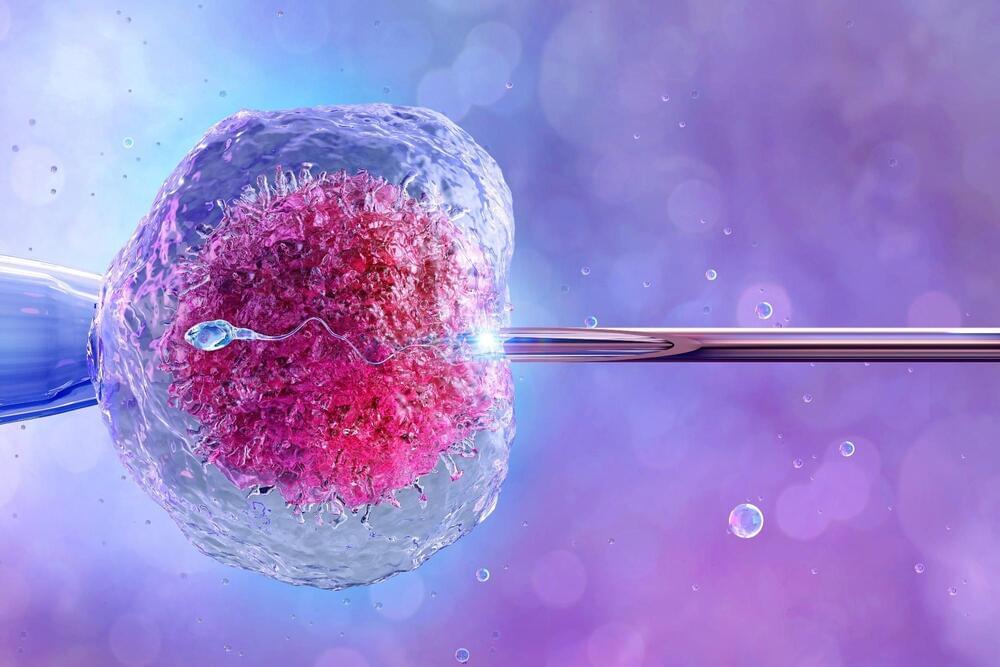Chasing ever-higher qubit counts in near-term quantum computers constantly demands new feats of engineering.


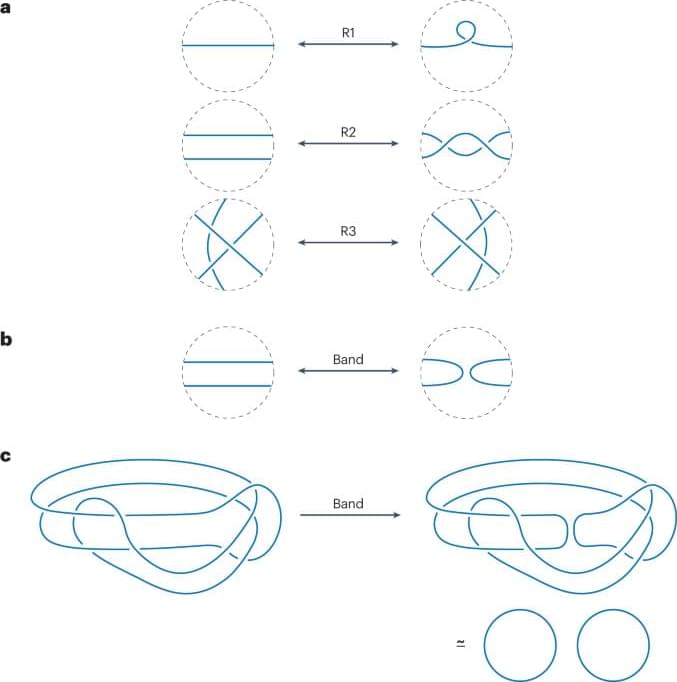
Machine learning techniques may appear ill-suited for application in fields that prioritize rigor and deep understanding; however, they have recently found unexpected uses in theoretical physics and pure mathematics. In this Perspective, Gukov, Halverson and Ruehle have discussed rigorous applications of machine learning to theoretical physics and pure mathematics.
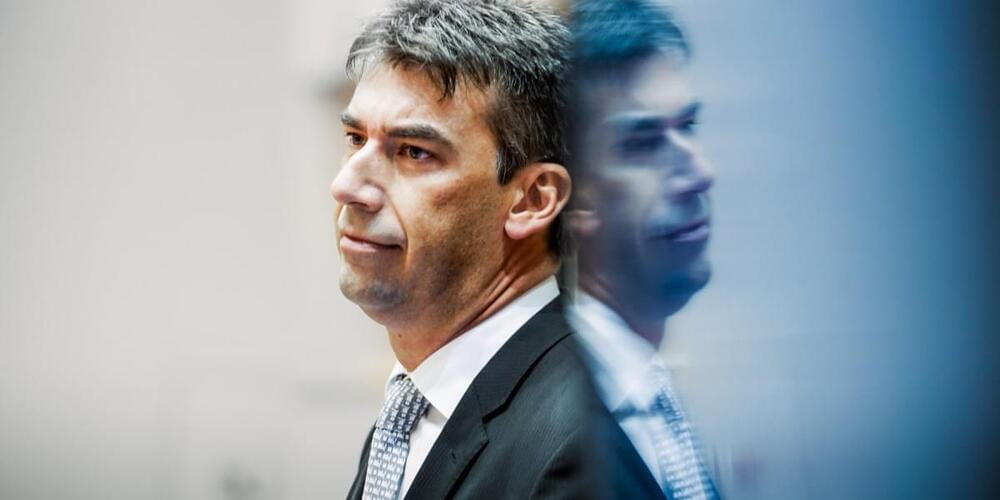
CEO Sam Altman famously has no equity in OpenAI, but startup bets like Reddit, Stripe and Helion have made him a billionaire anyway, a Forbes investigation found.


“Nobody else took what I was doing seriously, so nobody would want to work with me. I was thought to be a bit eccentric and maybe cranky”
- Peter Higgs, 29 May 1929 – 8 April 2024.
Image from: Fermat’s Library.
https://en.wikipedia.org/wiki/Peter_Higgs
Phys. Rev. Lett. 13,508 – Published 19 October 1964.
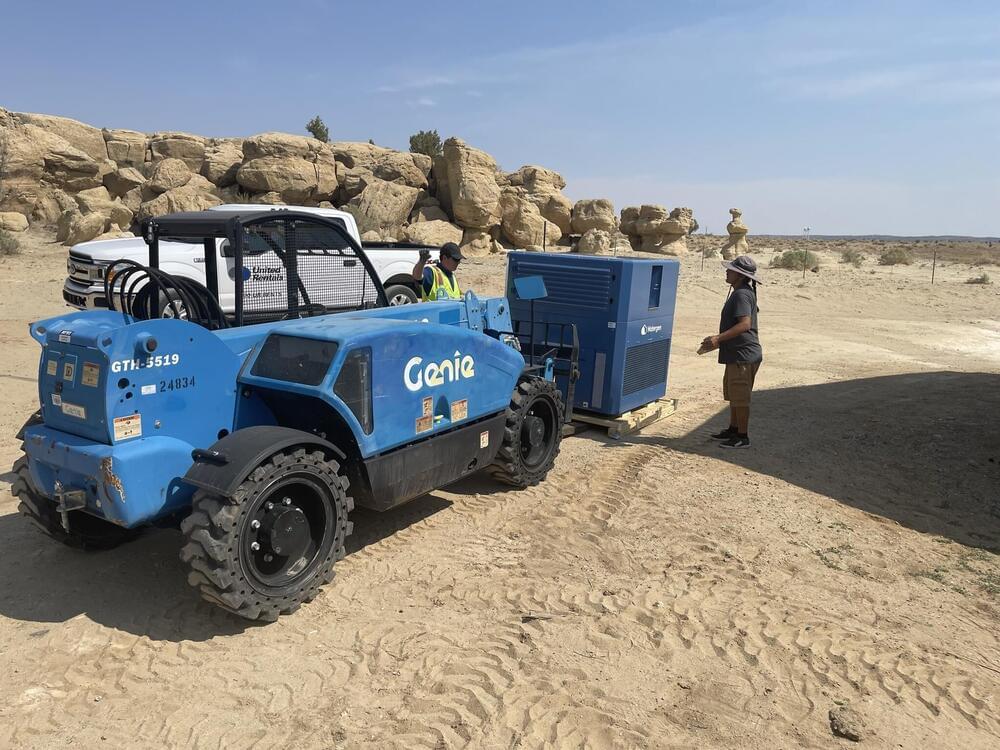
Israeli startup Watergen, which has developed a technology to produce water from air, has installed a generator for a Navajo Nation Native American community in Arizona to help them deal with a crippling water shortage.
The first generator was set up at the Rocky Ridge Gas & Market in northeast Arizona and aims to address the lack of access to clean drinking water within the Hard Rock community there, according to a joint press statement issued Thursday.
Nearly 10,000 families across Navajo Nation lack access to running water, per recent estimates. Local groundwaters have been contaminated over the years by mining and the situation has been exacerbated by the devastating drought affecting the Western United States.
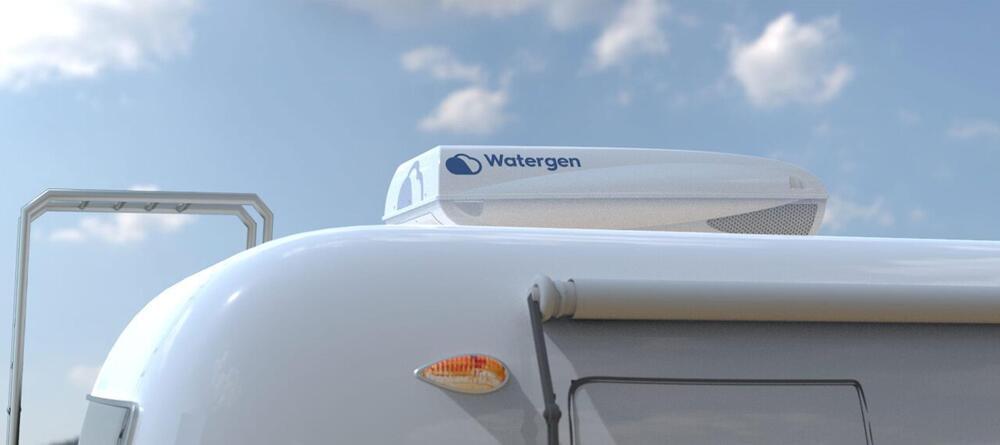

🚶♂️🧠💪
In a recent study published in the journal Scientific Reports, researchers explored how changes in daily step counts and variability affect cognitive function in older adults during a 10-week physical activity intervention.
Study: Association between changes in habitual stepping activity and cognition in older adults. Image Credit: SibRapid / Shutterstock.
Background
Aging often leads to cognitive decline, particularly in executive functions and inhibitory control, which are early indicators of conditions like Alzheimer’s disease. Engaging in regular physical activity can reduce or even reverse these declines in older adults. As the population ages, identifying strategies to preserve cognitive function becomes crucial. While structured exercise in controlled settings has been linked to cognitive health, the effects of habitual, daily physical activity on cognition remain underexplored. Further research is needed to clarify the mechanisms linking physical activity patterns to cognitive improvements and to establish customized intervention strategies for diverse aging populations.
